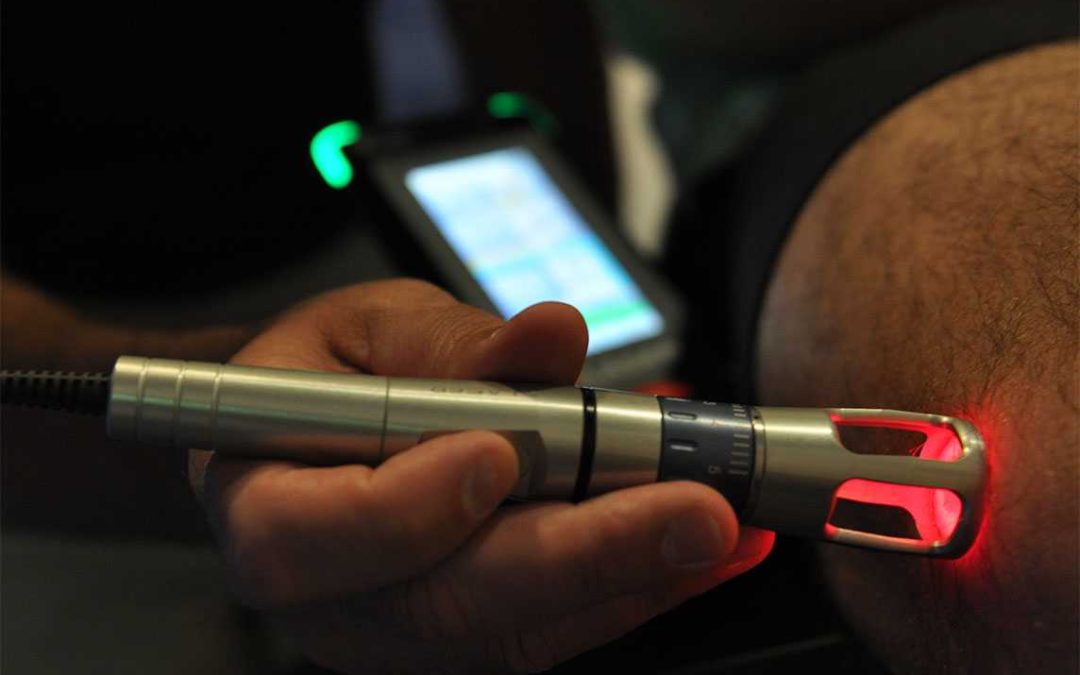Have you been wondering what fibromyalgia is? Been wondering how is it that someone would be diagnosed with fibromyalgia? Or if you have fibromyalgia what is it that you can do about it so that you can live your life in a more comfortable manner? If so, this could be the blog for you.
Fibromyalgia is characterized by a distinctive collective of features that include widespread pain, tenderness, muscular tightness, peripheral dysesthesia, soft tissue swelling, emotional destress, poor sleep quality, fatigue and cognitive dysfunction (Littlejohn & Guymer, 2020).
When being diagnosed with fibromyalgia it is important to be formally diagnosed by a Rheumatologist in order to ensure that there is not another underlying cause of the pain that you may be experiencing. It has been recognized by Wilson et al, that self-diagnosis poses many challenges to seeking involvement in secondary care of fibromyalgia. In this same study it recognized a challenge within the NHS medical system where there was a lack of mental health support as well as a lack of multidisciplinary holistic services being used to help manage patients with fibromyalgia. Therefore it is possible to say that by using an osteopathic approach in combination with class 4 K laser in combination that we would be able to better support the NHS with the management of fibromyalgia patients. (Wilson, Beasley & Pope et al, 2022)
Fibromyalgia K Laser Treatment
The protocol for treatment of fibromyalgia with a class 4 K laser was designed to be consistent with manufacturers recommendations. When looking at the class 4 K laser, the recommendations by the manufacturer change depending on the severity of the condition and length of time that someone has had said condition for. In the study by Panton et al, they performed treatment on women twice a week for 4 weeks and this resulted in a reduction of the myalgia score back in the patient from 16 +/- 5 to 13+/-7. This was deemed to be statistically significant due to its P-value being less than 0.05 meaning this is reproducible when extrapolating to the greater population i.e. patients like yourself. This study concluded that Class 4 laser improves functionality in women with fibromyalgia and significantly reduced fibromyalgia impact by decreasing pain measured. (Panton, Lynn, et al 2013)
Littlejohn, Geoffrey, and Emma Guymer. “Key milestones contributing to the understanding of the mechanisms underlying fibromyalgia.” Biomedicines 8.7 (2020): 223.
Panton, Lynn, et al. “Effects of Class IV laser therapy on fibromyalgia impact and function in women with fibromyalgia.” The Journal of Alternative and Complementary Medicine 19.5 (2013): 445-452.
Wilson, N., Beasley, M.J., Pope, C. et al. UK healthcare services for people with fibromyalgia: results from two web-based national surveys (the PACFiND study). BMC Health Serv Res 22, 989 (2022).

